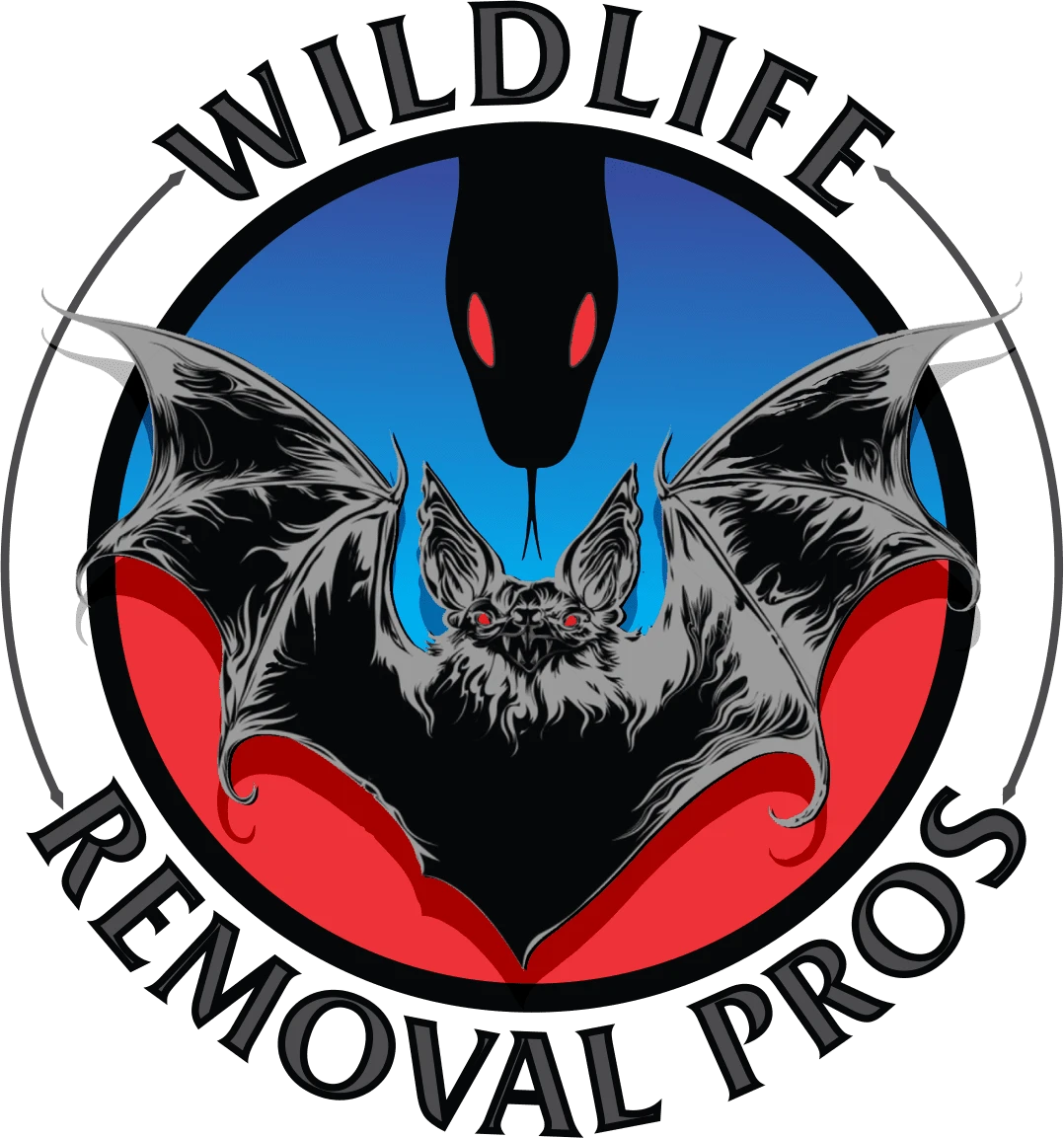Damages from Raccoon
How to Prevent and Contain Damage to Raccoons
 Raccoon damage to yards, roofs, and houses costs thousands of dollars in repairs every year for homeowners. These pests are smart and on the hunt for both food and shelter constantly. Their agile paws make it possible for them to tear into materials that would deter other animals, leading to property damage.
Raccoon damage to yards, roofs, and houses costs thousands of dollars in repairs every year for homeowners. These pests are smart and on the hunt for both food and shelter constantly. Their agile paws make it possible for them to tear into materials that would deter other animals, leading to property damage.
Damage to Lawns by Raccoon
Grubs and earthworms, particularly for young raccoons, are easy food sources. Homeowners may find holes and piles of sod scattered across the yard from mid to late summer because of the nightly foraging of the pests. The animals rip open trash bags and sift through the contents to find a meal, in addition to raccoon damage to the lawns.
Damage to Roofs and Houses by Raccoon
When raccoons take shelter in houses, the most costly issues occur. In order to pull shingles and boards from roofs to climb into attics, the pests are strong enough. Also, during their attempts to break through metal vents and climb into chimneys, raccoons damage roofs.
Their accumulated waste rapidly destroys insulation and saturates woodwork when raccoons nest in houses. Their feces spread raccoon roundworm, which for residents repairing raccoon damage to homes is a serious health hazard. Furthermore, fleas and ticks in raccoon fur can be transferred to individuals or pets.
Raccoons control
Using raccoon scare tactics will sometimes drive them away, but when the animals become acquainted with humans, these methods don’t work. In addition, a litter of babies left inside a chimney or attic den may result from excluding a mother raccoon from her nest.
For humane and effective wildlife removal, residents concerned about raccoon damage to the house, roof, or yard can contact us.
Learn more about removing raccoons.
